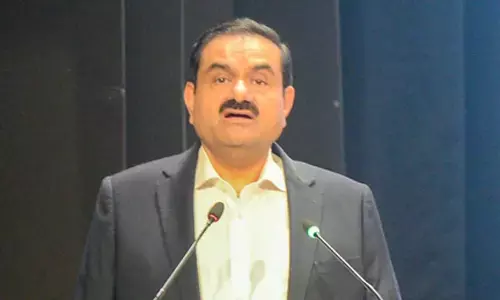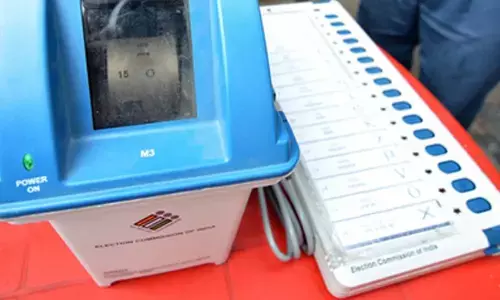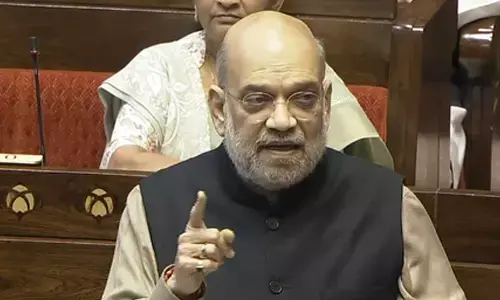Disrespect to Temple of Democracy quite wrongful

The new parliament building has been inaugurated amid boycott by about 19 opposition parties. Hundreds of members of the opposition parties were conspicuous by their absence. Earlier in the week, they had come together to announce a boycott of the ceremony, arguing it should be the country’s President, who is largely a ceremonial figure, not Modi who should inaugurate the parliament building, calling it a violation of the constitution and parliamentary procedures.
Ever since Modi was elected in 2014, he has been accused of dismantling democracy in India and overseeing an unprecedented centralisation of power. Opposition parties described Modi’s government as “authoritarian” and said Modi’s decision “to inaugurate the parliament building by himself, completely side-lining President Murmu is not only a grave insult but a direct assault on our democracy.”
It is funny that some opposition MPs on Sunday questioned how the government could go ahead without their participation. It sounds weird, too. It is they themselves who kept out. What a hypocrisy! Do they understand the real meaning of democracy? They seem to be suffering from personal animosity against Modi. The BJP government might have committed several mistakes as the opposition claims but by not participating in the inauguration of Naya Sansad they committed gravest mistake.
The old parliament building is almost 100 years old, and no longer fit for purpose and could not be adapted. It cannot be integrated with new technology. There is no space for new members who would enter the House after delimitation in 2026 and these members would be representing all political parties. Yet, the opposition did not deem it fit to participate in the inauguration of the new building.
Do they know the history of old parliament building? Did they every think of sitting in library and browse through the pages of history before deciding to boycott the new Sansad? The central area of New Delhi which is called Lutyens’s Delhi is named after one of the two architects involved, Edwin Lutyens. He and Herbert Baker were selected for the construction of the old parliament building. While Baker was a British architect of repute who had designed prominent buildings in another British colony’s city, South Africa’s Pretoria, Lutyens was not as well-known.
At the coronation of George V as Emperor of India on December 12, 1911, the monarch announced, “We have decided upon the transfer of the seat of the Government of India from Calcutta to the ancient Capital of Delhi.” The two architects would build the Parliament House, Rashtrapati Bhawan, North and South Blocks, Rajpath, India Gate, the National Archives building and the princes’ houses around India Gate. The construction took six years from 1921 to 1927. It was originally called the Council House and housed the Imperial Legislative Council, the legislature of British India.
In 1919, Lutyens and Baker settled on a blueprint for the Council House. They decided on a circular shape as the duo felt it would be reminiscent of the Colosseum, the Roman historical monument. The circular shape is believed to be from
Chausath Yogini temple at Mitawli village in Madhya Pradesh’s Morena. But there is no historical evidence to back this up.
Lutyens, it is said, was not in favour of adding hallmarks of Indian architectural traditions in his works, believing them to be inferior in quality. He felt that there was no real Indian architecture or tradition. It is a country where dynasties had mushroomed.
Why the Congress and left do not speak about it? Why narrow political considerations dominate every time on every issue? Their attitude raises questions whether Naya Sansad would usher in Naya Josh, Naya Sankalp in the lawmakers and propel the nation to new heights of progress. One can only pray “Sab Ko Sanmati De Bhagwan.”

















